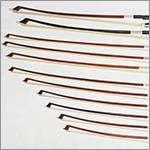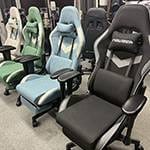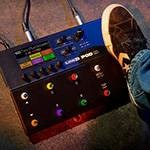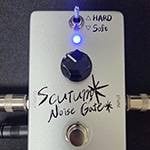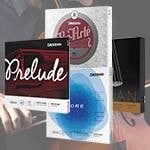In this article, I’m going to talk about the speaker unit, which actually is very important but rarely mentioned.
The speaker unit is the part where the electrical signal is converted into sound after the signal comes from guitar, effectors, and amplifier. It is also the easiest part for the users to alter without risk.
The reason why the speaker unit is hardly focused on may be because it is difficult to read or understand the data in the manual, and you don’t have the time to actively listen to the differences in sound.
This time, I would like to show you where to look in the spec sheet, the general characteristics of the sound, and the must-see speaker units.
The first thing you should look at on the spec sheet is the sound pressure level (SPL).
The SPL is in the units of ○○dB/m, and it indicates the loudness of the sound heard from 1m away when the power is 1W.
Of course, the larger the number, the louder the sound that comes out. In other words, it means that the input sound can be converted into sound without wasted input sound.
The important thing to remember is “it’s not how loud the sound is, but how good the sound quality is”!
The second thing to look at is input resistance (Mus.).
This value shows how much input signal the speaker unit can withstand.
I often hear that if you connect a 100W amplifier to a speaker with 10W of input resistance, the speaker will break. It is mostly because the paper cone in the speaker produces bigger vibrations than it can withstand and then breaks, or if you keep inputting the signal even after it exceeds the limit that the paper cone can vibrate, the coil gets hot and burns.
The point is that any input signal within the range that does not exceed this input resistance value is fine.
Frequency Range (Hz)
The frequency range shows the range of frequencies that a speaker can output.
In fact, the speakers do output a wider range of frequencies than the frequency range on the spec sheet. However, it doesn’t include the range that is less than the average level of output sound pressure
undamental Frequency (F0)
F0 is read as F-Zero.
It can be said that the fundamental frequency is the lowest limit for the output frequency of the speaker unit. It is the value that a speaker can reproduce down to this frequency, and it tends to be lower for speaker units with larger diameters.
One more thing you need to check is the impedance (Ω).
The impedance for most speaker units used for musical instruments are 4Ω, 8Ω, and 16Ω.
Now, I’m going to introduce some great speaker manufacturers and speaker units.
CELESTION
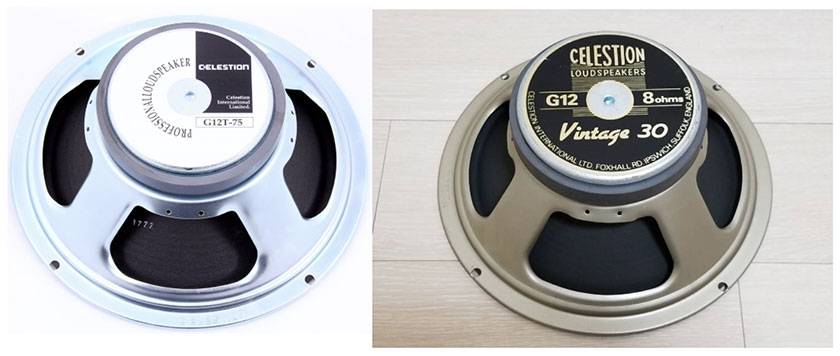
CELESTION is a British manufacturer who was founded in 1924. The most chosen manufacturer for musical instrument speakers, and all Marshall amplifiers have a CELESTION speaker unit. The current standard units by CELESTION are G12/Vintage 30 and G12/M75. When I tried my friend’s Marshall cabinet with four G12/Lead 100 units, it was an amazing sound. In addition to the overwhelming transparency of the treble, the generous bass and the three-dimensional sound image that is not affected by the distortion of the amplifier are exactly the sounds that are unique to CELESTION. CELESTION produces many speaker unit models with high efficiency as a whole, and lines up everything from modern to vintage sounds. It can be said that CELESTION is the leading manufacturer of replacement speaker units.
→ CELESTION / Speaker unit list
EMINENCE
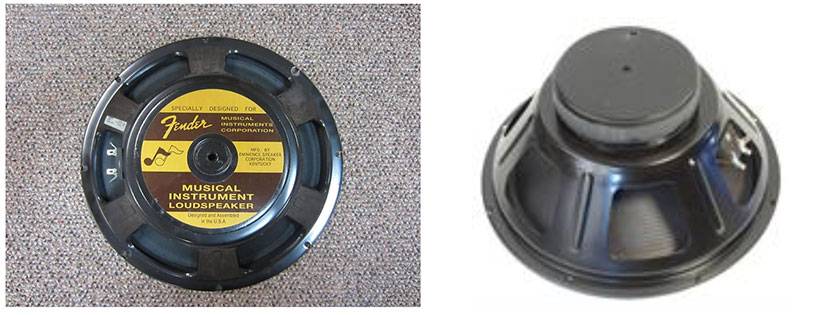
Since after the original Jensen Loudspeakers ceased production, EMINENCE speaker units have been used for many Fender amplifiers. There is no flashiness like CELESTION, and overall, EMINENCE speaker units produce a straightforward sound. Therefore, their speaker units make it easy to hear the difference of the effectors or amps, and are also very easy to handle. EMINENCE speaker units are perfect for jazz music or bass because the frequency response is flat. The EX-212 guitar cabinet by MESA/Boogie uses a CELESTION for the upper speaker unit and an EMINENCE for the lower. It is a rare case where the speaker units from different manufacturers are used in one cabinet, but in order to make the most of each unit, the CELESTION is installed in the open back and the EMINENCE is closed.
→ EMINENCE / Speaker unit list
JBL, ALTEC, and Electro-Voice

- All the speaker units in Randy Rhoads’ Marshall cabinets were replaced with the 417-16H from ALTEC.
- The Fender USA amplifier used to have the option to change the EMINENCE speaker to the JBL or Electro-Voice (with additional charge).
- The standard speaker unit installed in the early MESA/Boogie amps were ALTEC, and Electro-Voice for Dumble amps. These were both due to the strong preferences of the designers.
- Stevie Ray Vaughan’s Fender Vibroverb amp originally had a 15-inch JBL speaker (D-130). However, he hated the JBL sound, so he eventually replaced it with an Electro-Voice.
- In fact, JBL originally didn’t have the concept of making the speakers for musical instruments but they only manufactured the speakers for theater and PA. However, many people used these speakers as the musical instrument or audio speakers, then they started developing speaker units for home audio and musical instruments
- There are some Japanese-made speaker models (for musical instruments) with the specs and sound quality comparable to JBL and ALTEC.
→ JBL / Speaker unit list
→ ElectroVoice / Speaker unit list
I have a lot more interesting stories, but I have run out of space, so I will continue this in the next post, “Everything about Speaker Units for Musical Instruments - Vol. 2”.






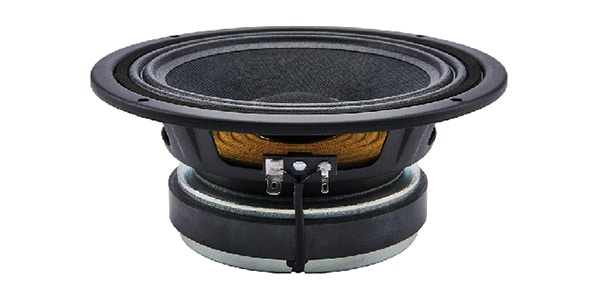
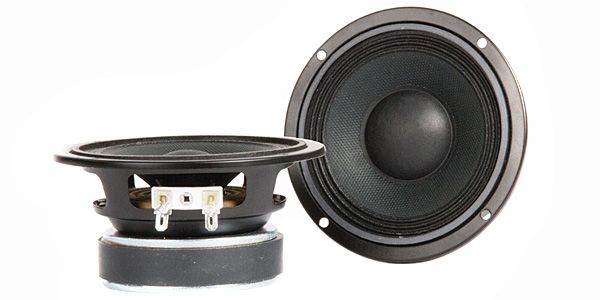
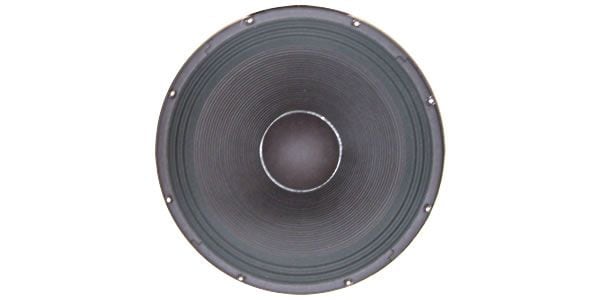


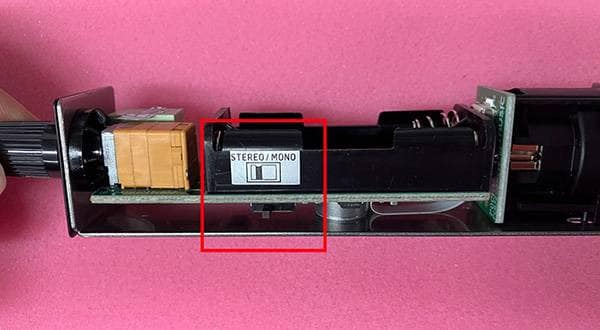
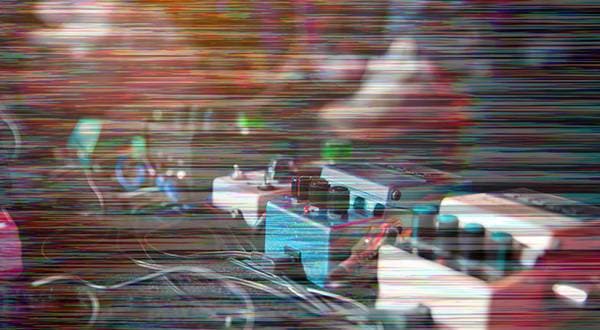
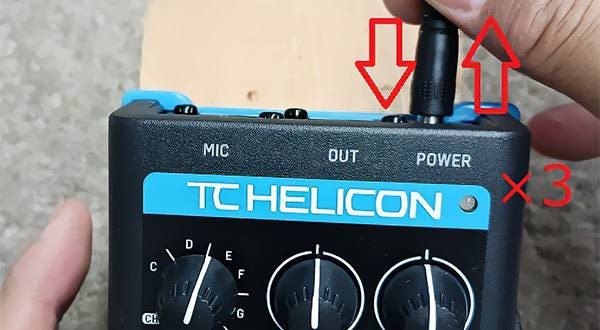
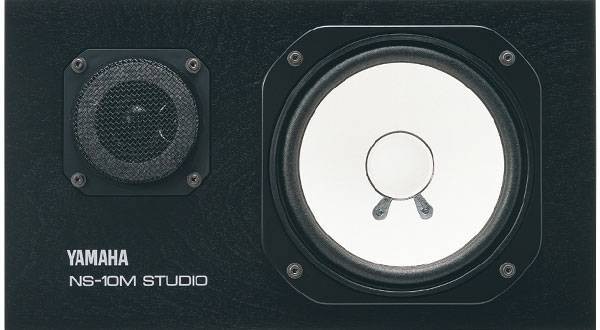
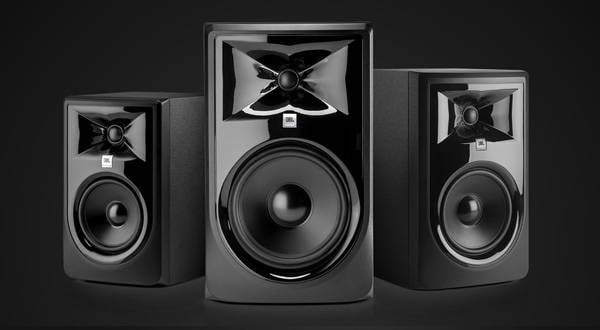
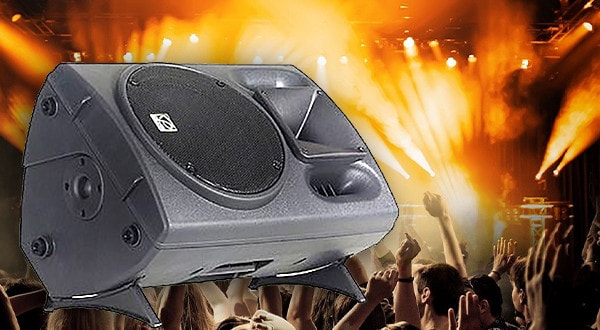

![[Sound tips] About horns. And a rough explanation of a parallel connection](/contents/uploads/thumbs/5/2019/11/20191106_5_8354_1.jpg)

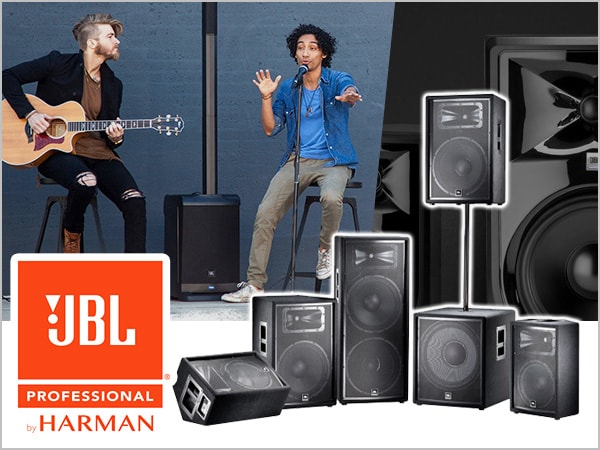 JBL スピーカー特集
JBL スピーカー特集
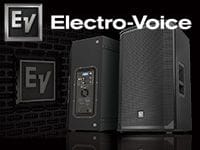 Electro-Voice スピーカー特集
Electro-Voice スピーカー特集
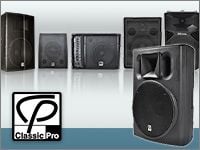 スピーカーの定番 Classic Proのおすすめモデル
スピーカーの定番 Classic Proのおすすめモデル
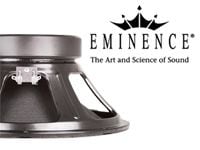 EMINENCEスピーカー特集
EMINENCEスピーカー特集
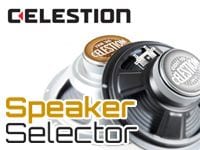 CELESTIONスピーカー特集
CELESTIONスピーカー特集
 スピーカーユニット交換
スピーカーユニット交換
